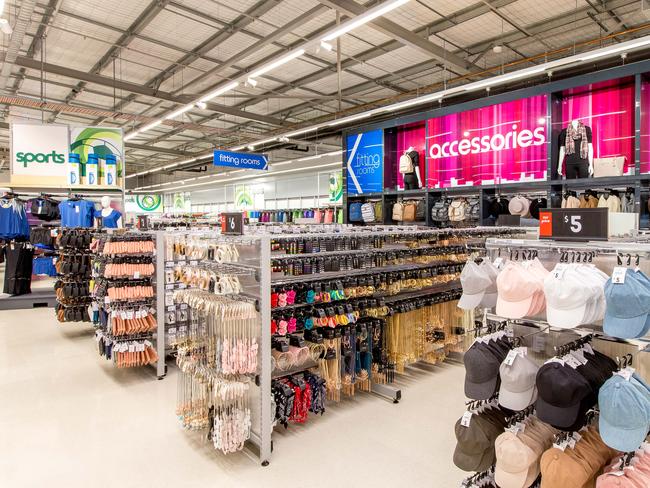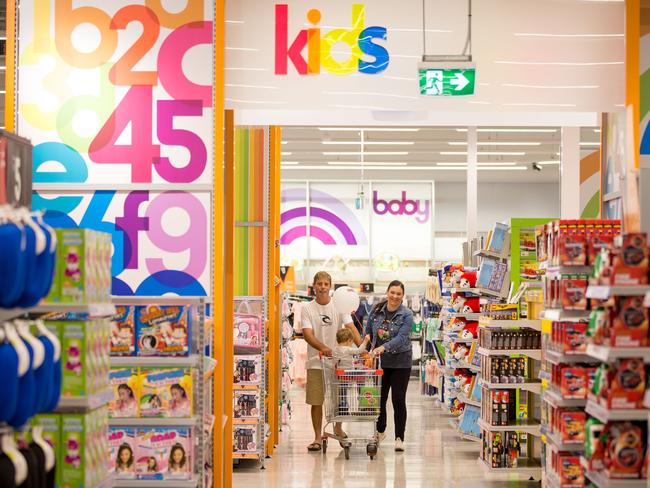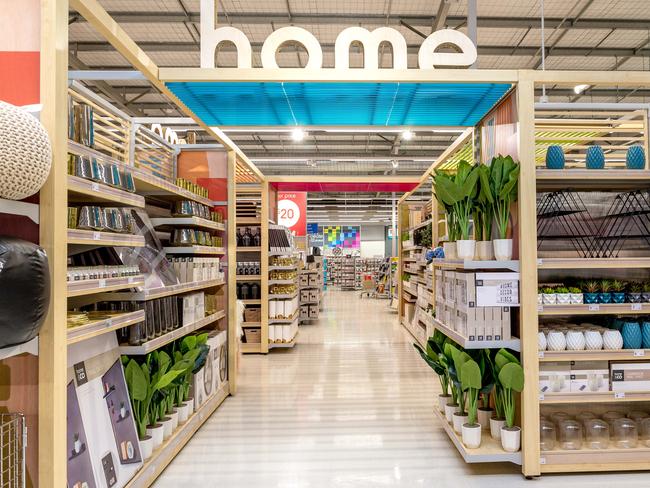Kmart’s new store layout is driving people crazy
KMART shoppers are united in their opposition to this one big change to stores. So why is the retail chain not listening to them?
“HATE it.” “It’s terrible.” “Dumbest idea ever.”
That’s how shoppers feel about Kmart’s new store layout, which is infuriating even the most obsessive devotees of the discount chain.
A year on from the retailer’s decision to change the format of its department stores, converting 148 outlets across Australia, customers have not warmed to the change — and there’s one thing that has them riled up.
The new layout controversially positions cash registers in the centre of stores, disrupting the age-old tradition of paying on the way out.
News.com.au polled hundreds of Kmart shoppers about the issue, and they remained overwhelming opposed to the new format, describing it as “disorienting” and complaining about being “made to feel like a shoplifter” when leaving the store, as security guards were now checking customers’ receipts as they exited.
“The pat down drives me insane,” one shopper said, while another dubbed the process “inefficient”.
In a clue to the reasoning behind the change, a woman confessed that she was “tempted” to pick up extra products on the way out of the store.
Others said they refused to buy more items when this happened out of pure frustration at the inconvenience and sense of manipulation.


A small number of customers said they had adapted to the new layout, with one saying it “didn’t really bother me that much”.
But the vast majority of more than 200 shoppers who shared their views remained staunchly opposed.
“I don’t like it. Surely it would increase theft too? One woman at the door can’t check through every bag and trolley thoroughly,” one said.
“Hate it, you end up lining up twice, especially when it’s really busy and they only have one person on the door checking bags and all check-outs are open,” said another.
“Sometimes there’s a huge line just to get out after you’ve paid.”
Kmart declined to answer questions about the reason for its store format revamp and, in particular, the location of cash registers inside the store.
But retail analyst Barry Urquhart said the thinking behind it was simple: “They want you to spend more ... It’s about productivity and profitability.”
The change appears to be part of a global trend in which retailers are scrambling to address the post-GFC reality of shoppers reining in discretionary spending.
“They are looking at the psychology of the store layout,” Mr Urquhart said. “What Kmart is doing is trying to attract people into the soft area of the retail store and get them migrating through the store.”


With a big box format and an “enormous” range, the department store needed to lift a measure known as “unit sales per transaction” by capturing their hard-won attention, he said.
“When people go into a shopping centre, they have store blindness — they want to get what they came to buy and they screen out everything else because they’re overloaded. They’ve got selective perception.”
What Kmart was trying to do was to break through and grab their attention with “ancillary items” related to what they were buying, strategically placed along their route to the checkout, he said.
“On average, the majority of Australians when they enter the store they go to the right, and progress in an anticlockwise direction then move to outer area.”
The quiet centre of the shop, traditionally been a no-man’s land of low-profit items, is being repurposed.
“Consumers are not happy because they are not used to the situation. Consumers are traditionalists, creatures of habit,” Mr Urquhart said.
But it was too early to tell if Kmart’s bold move would prove to be a success, with such changes typically taking between 18 months and three years to take effect, he said.
“Kmart is still in a migratory period of customers’ perceptions,” Mr Urquhart said.
“At this stage, it’s still an open-ended question.”




